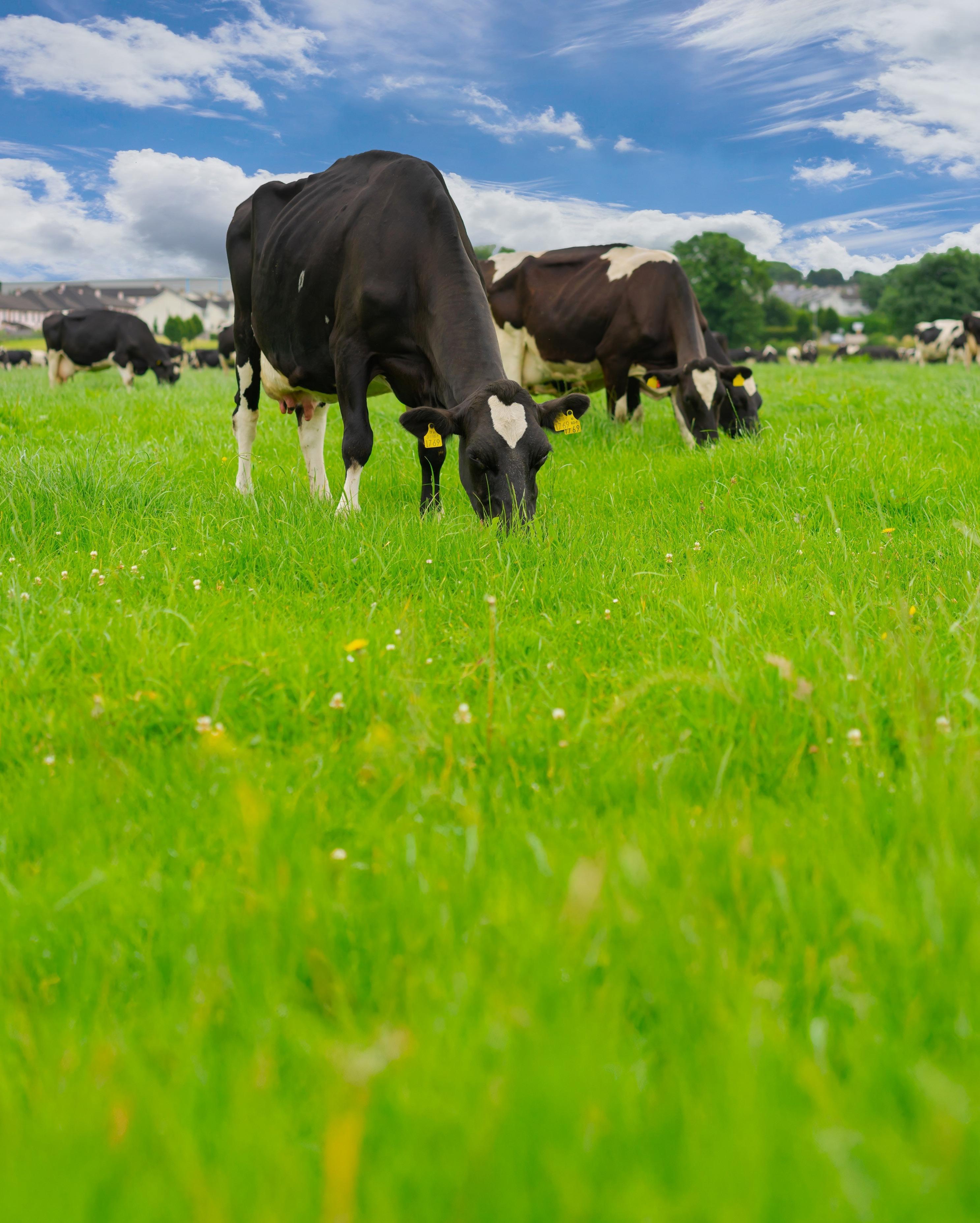

Trusted plant protection solutions.
Clayton Plant Protection formed in 1991, recently celebrated over 30 years in the Ag industry, and have evolved rapidly to market and distribute a wide range of crop protection products across UK and European markets.
The company is wholly family owned with an excellent reputation in the industry for trust, building established relationships and highquality products with a known provenance.
Clayton is continuously innovating to provide cost effective product options and uniquely, ensures an alternative choice for customers and growers to the larger multinational Ag businesses.
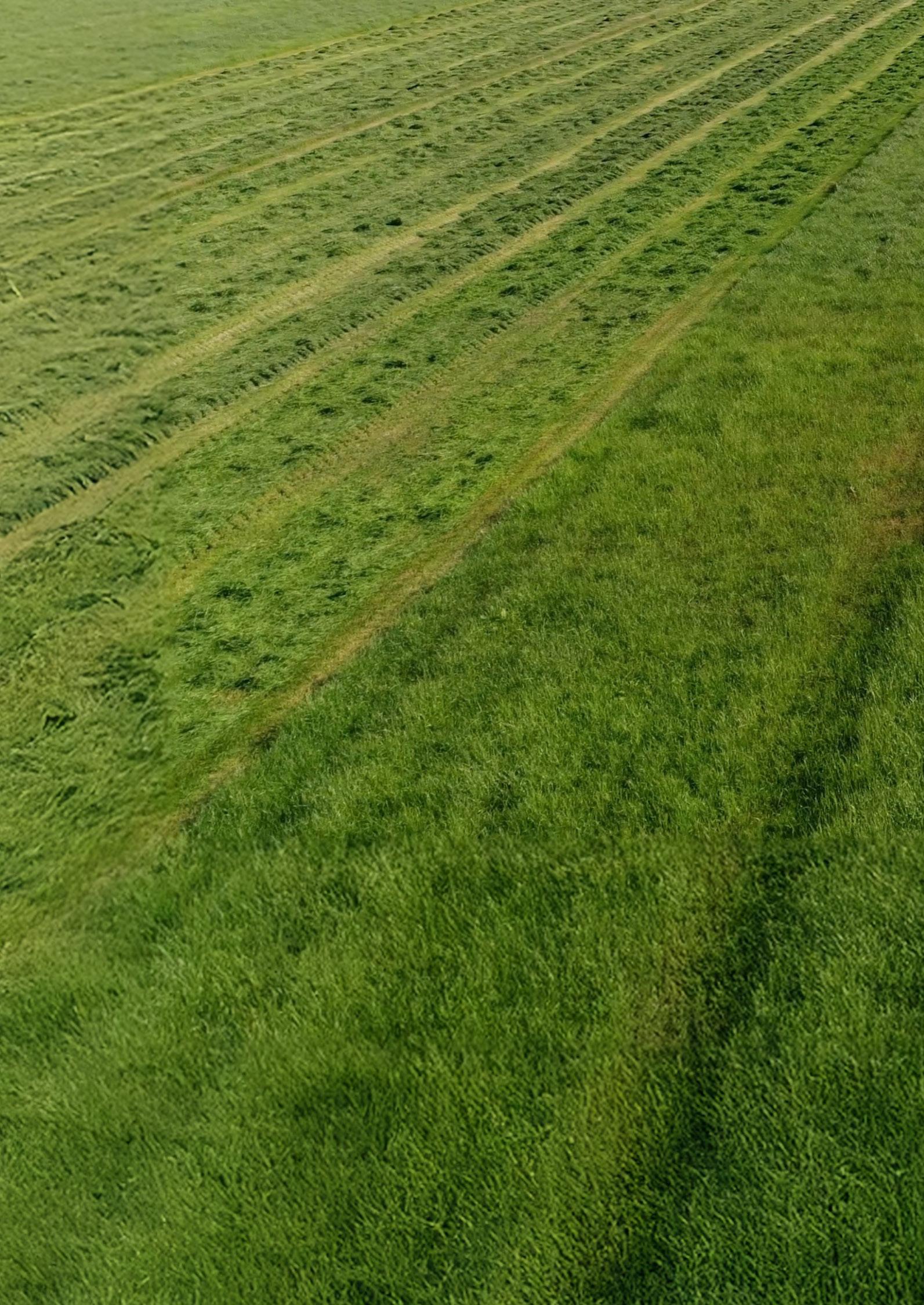

David O’Mahony Managing Director
Grassland managementThe key to success.
Protecting and getting the most out of grassland is vital for maximising grassland productivity, stock numbers and profitability.
Weeds in particular can compete very fast for space, light, soil water, soil nutrients and reduce grassland productivity quickly if left to establish.
Ensuring a well-planned, long-term approach to grassland management and weed control is essential to keep productivity high.
GRASSLAND WEED CONTROL: TACKLING PROBLEM WEEDS.
Weed control in grassland is a key factor in successful grassland farming and herbicide spray applications should be applied safely, according to the product label and taking care for the environment with a sustainable approach.
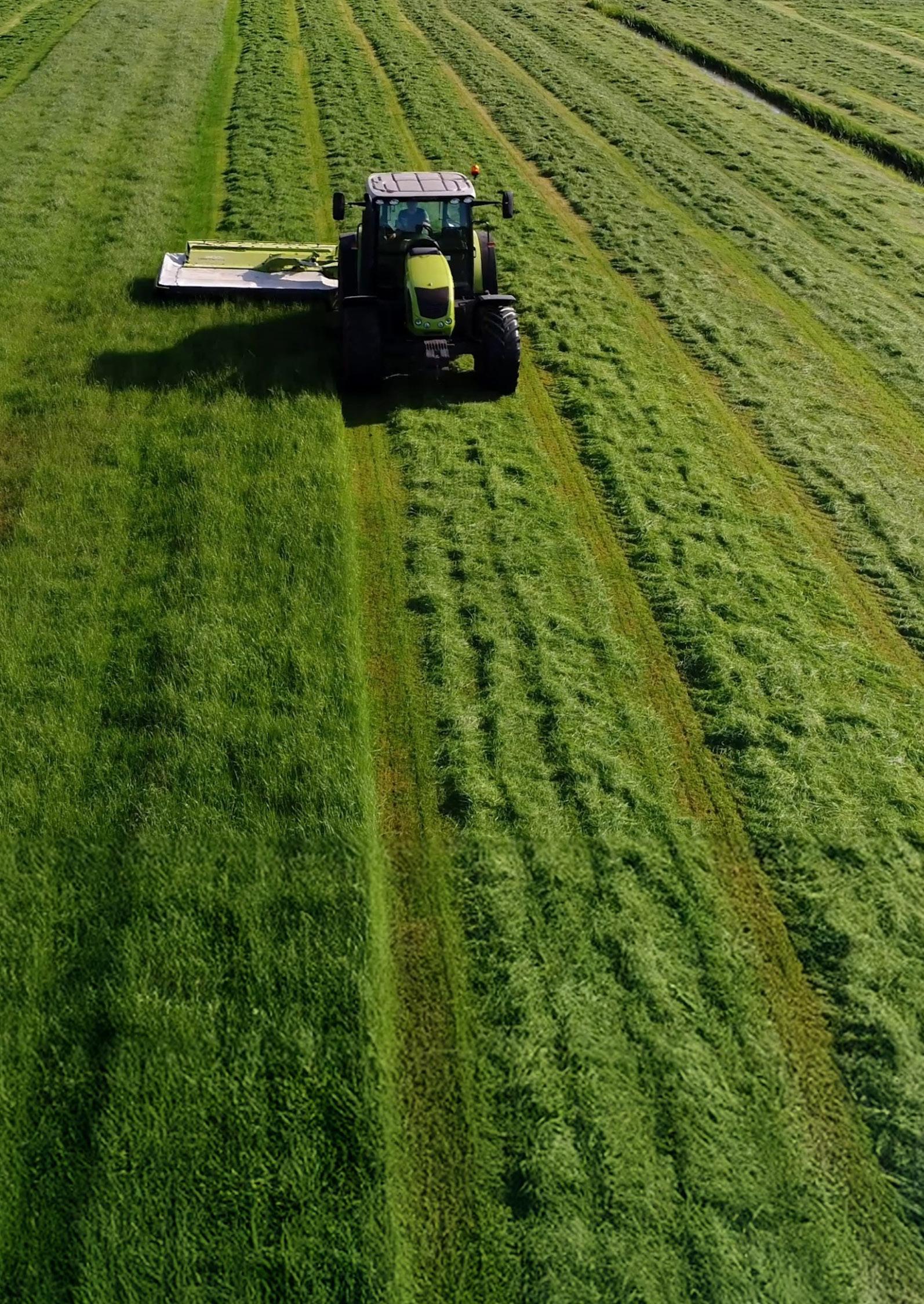
IMPROVE YOUR GRASS YIELDS
Bad or severe weed infestations can easily incur yield losses of 10-20% in fields.
IMPROVE YOUR SILAGE QUALITY
Weeds such as docks and thistles in particular detrimentally affect silage quality.
KEEPING YOUR GRAZING STOCK HEALTHY
Weeds like thistles can spread diseases such as Orf in sheep and lambs.
IMPROVE GRASSLAND UTILISATION
Sheep and cattle often avoid grazing close to or around weed patches (especially thistles) which reduces effective grassland utilisation over time.
PROLONG THE PASTURE LIFE
Weed control ensures less productive weeds and other grasses are kept out and the target grass ley species mix is competitive so pasture renewal is less frequent.
For more information on the products in this guide please visit our website. If you require information on compatibility tank mixes, please contact us.
info@claytonpp.com www.claytonpp.com
Problem weeds to watch out for...
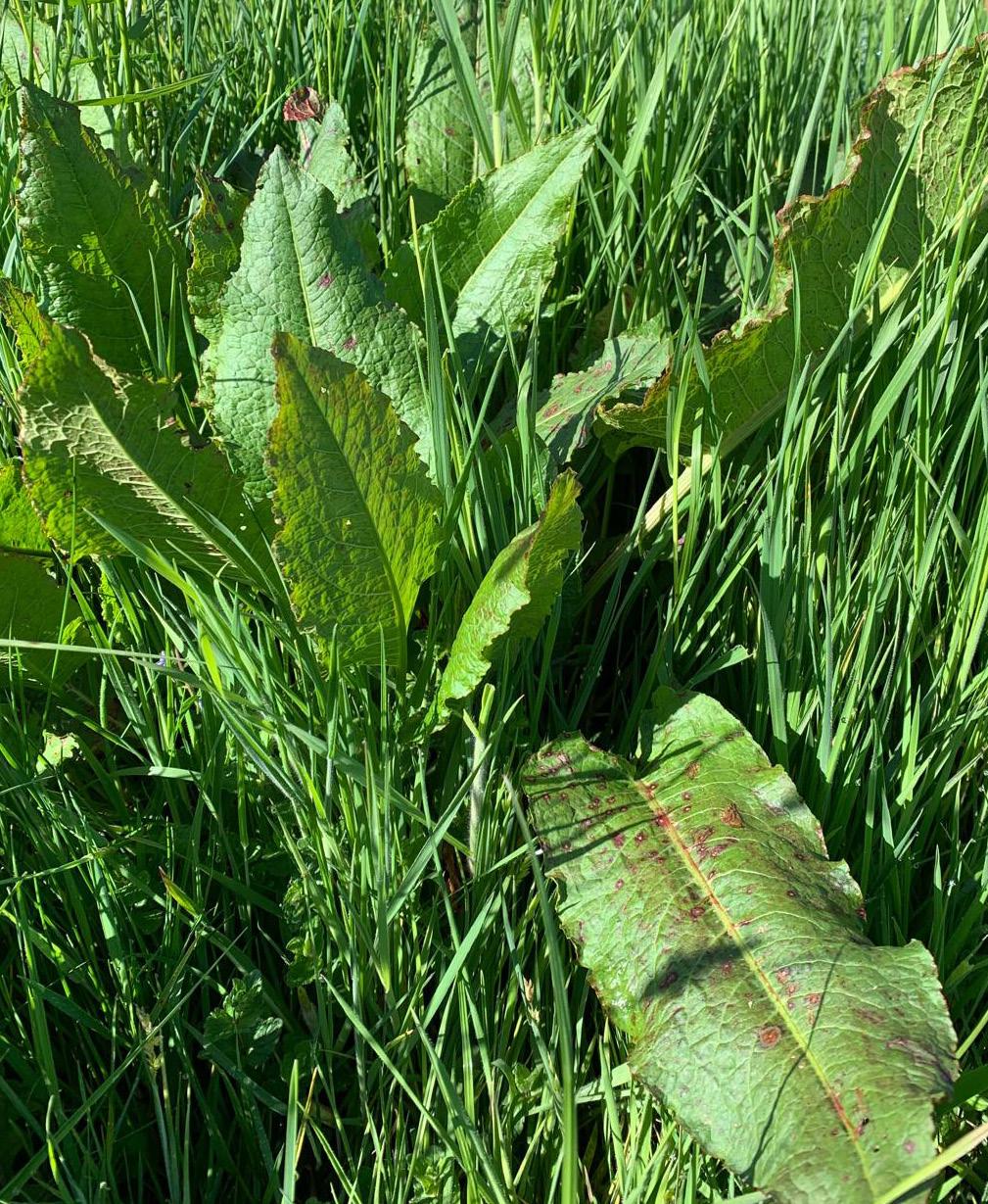
Thistles
Why control thistles: Creeping thistle when established has extensive roots underground and competes very strongly with grass, and as a perennial it grows from seed or portions of root. Spear thistle can spread to cover over a square metre of ground within two years so is a serious threat to grassland productivity., and as a biennial growing from seed it is less obvious in its first year but can spread rapidly in its second year.
Timing of control can be difficult as thistles can appear at different times and overgrazing and poor soil nutrition can also both encourage growth of thistles.
Control options and application tips:
Herbicides* containing active ingredients such as fluroxypyr, triclopyr and clopyralid provide useful treatment options. Where thistles are at different growth stages in the pasture, topping 2-3 weeks before spraying is advisable.
Docks
Why control docks: Docks thrive in fertile grassland pastures but compete for valuable space and only provide two-thirds of the feed value of grass from the same area. One dock plant can produce up to 60,000 seeds which can remain viable for many years.
Open swards which can result from poaching, over-grazing or winter kill provide space for docks to establish and infest fields. Docks establish more easily on grazed land and in silage systems and respond well to nitrogen fertiliser.
Control options and application tips:
Herbicides* containing active ingredients such as fluroxypyr and triclopyr provide excellent treatment options. Docks are best controlled at the rosette stage when actively growing and not under stress, and leaves are a healthy green.
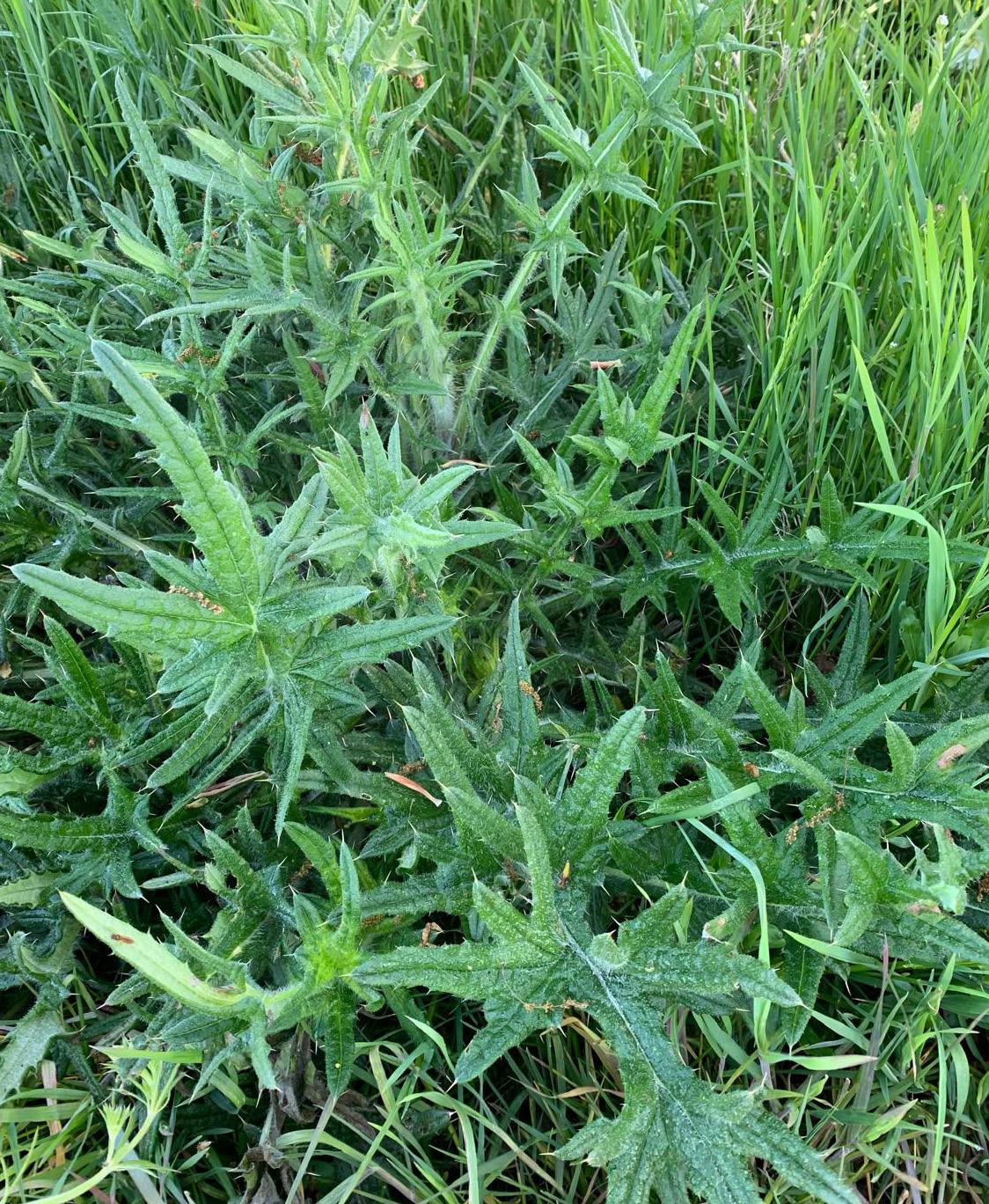
Broad-leaved dock (Rumex obtusifolius) and Curled dock (Rumex crispus)
Creeping thistle (Cirsium arvense) and Spear thistle (Cirsium vulgare)
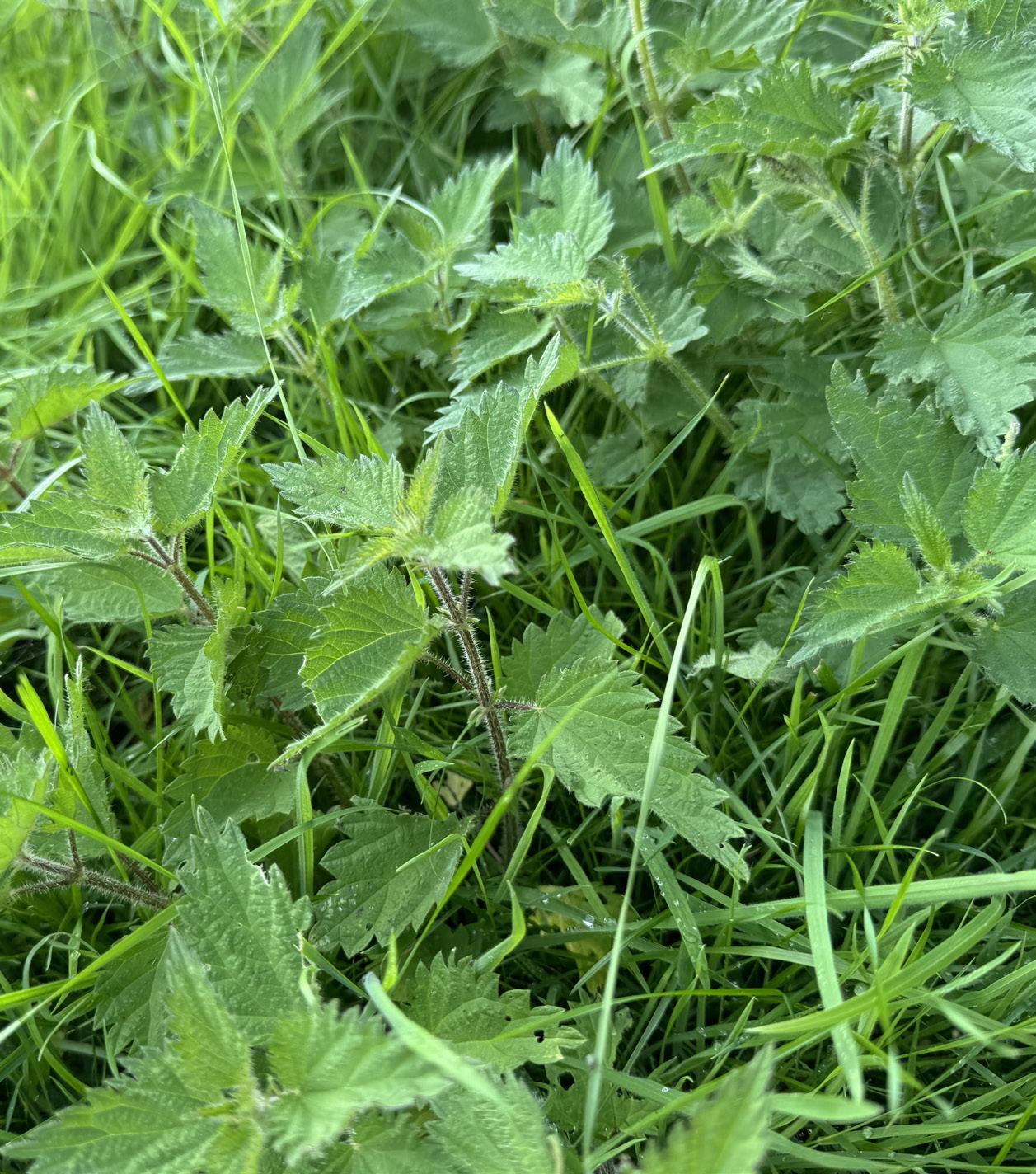
Problem weeds to watch out for...
Nettles
Why control nettles: Nettles infestations very quickly spread out and occupy valuable pasture as they grow, making pasture unpalatable and reducing the effective grazing. As a perennial weed they can grow from both seed or root portion so are very invasive.
Poached areas, bare soil, field margins or open swards are ideal areas where nettles will establish.
Control options and application tips:
Herbicides* containing active ingredients such as fluroxypyr, triclopyr and clopyralid provide good treatment options. Nettles are best controlled when young and actively growing at 15-25cm high. Once established, nettles are difficult to control by a single treatment, so regular treatments may be required.
Chickweed
Why control chickweed:
As the most widespread, common annual weed of grassland, its very rapid growth means it competes strongly with grass leading to significant yield losses especially when establishing new grass leys. Often a significant problem in new reseeds, it can also be troublesome in established grassland as it can quickly grow and colonise bare soil areas.
Control options and application tips:
Herbicides* containing active ingredients such as fluroxypyr, triclopyr and clopyralid provide good treatment options. Ensure good, quick establishment of new swards and that seedbeds are clean and weed free. Use of a heavy roll can also help fast establishment when sowing new grass leys to achieve good soil to seed contact.
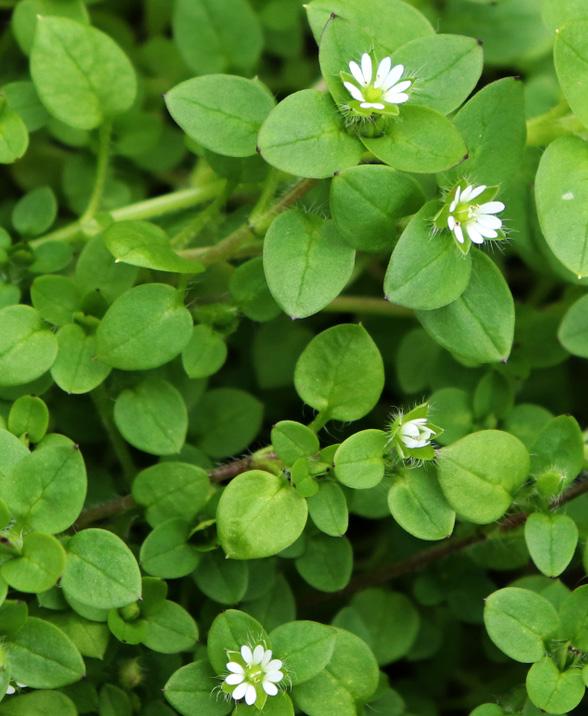
Nettles (Urtica dioca)
Common chickweed (Stellaria media)
Docker ™
Powerful, foliar-acting herbicide for control of broad-leaved dock and curled dock in established grassland, offering all-star performance and value.
Active Ingredients: 150g fluroxypyr and 150g triclopyr
• Powerful, high efficacy herbicide for dock control.
• Reduces weed competition to improve your grass yields and silage quality.
• Controlling docks improves your overall grassland utilisation.
EC Formulation
Emulsifiable concentrate
• Effective dock control helps prolong the pasture life.
• Compliments our range of other grassland herbicides.
• Added assurance of Clayton’s trusted products and premium service.
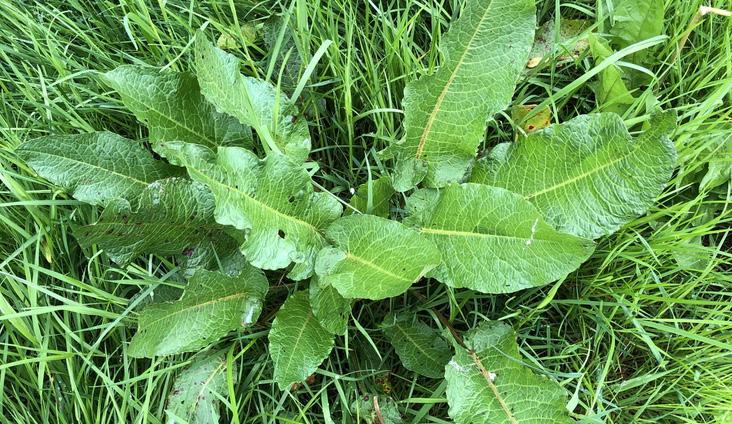
Established Grassland
Making grassland management decisions easier this season with Clayton Docker, a robust, dual formulation herbicide designed to add real value and high level weed control efficacy into your grassland programme. Offering a valuable, alternative choice to protect pastures in spring.
Delivering a co-formulation of powerful actives with fluroxypyr and triclopyr, Clayton Docker is a reliable onecan option for controlling docks this spring.
TARGET WEEDS (ON LABEL)
Weeds Time of application to crop
Broad-leaved dock, Curled dock
At the rosette stage up to 200 mm tall or across
Apply Clayton Docker at 2.0 litres/ha in 300 to 400 litres of water as an overall treatment in the autumn or spring for the control of docks. Use the higher volume of water where the weeds are large at the time of application and where the grass is dense.
Application timing of Clayton Docker is crucial for good control and must be made when the weeds and grass are actively growing to ensure good weed control and minimal check to the grass.
Docks should be treated in the rosette stage and within the size given above. It is important that there is sufficient leaf area for uptake of the herbicide. This is particularly true on well-established docks which will have an extensive tap root, but which early in the spring or soon after cutting may only have a few small leaves.
If the grass (and hence the weeds) has been cut for conservation hay or silage, or has been grazed, leave for 2 to 3 weeks to allow sufficient regrowth to occur before spraying.
To allow maximum translocation of Clayton Docker to the roots do not cut grass for 28 days after application.
On large well-established docks and where there is a large reservoir of seed in the soil a further control programme in the following year may be required.
OTHER WEEDS
Black bindweed (6TL), Chickweed, Cleavers, Cranesbill, Dead-nettle (4TL), Fat-hen (2TL), Forget-me-not (4TL), Hemp-nettle, Nettle (small, 100mm), Black nightshade (6TL), Pale persicaria, Scarlett pimpernel (Good control). Bristly ox-tongue, Charlock (2TL), Corn chamomile, Fool’s parsley, Fumitory (2TL), Knotgrass (2TL), Shepherd’s purse (2TL), Wild radish (2TL) (Moderate control).
ESTABLISHED GRASSLAND
Maximum Individual Dose: 2.0 litres product per hectare
Maximum Total Dose: 2.0 litres product/hectare/ annum
Latest Time of Application: 7 days before grazing or harvest
GRAZING INTERVAL
Exclude livestock during treatment and do not allow livestock to graze treated grassland for at least 7 days following treatment.
Where ragwort is present, users should consult the Code of Practice on How To Prevent The Spread Of Ragwort. Ragwort plants sprayed with this herbicide are more palatable with higher levels of toxins.
Animals should be excluded from treated areas until any ragwort has completely recovered or died and there is no visual sign of the dead weed.
Do not include any treated ragwort in hay or silage crops.
For further information on Clayton Docker, please refer to the product label and for information on compatibility tank mixes, please contact us at info@claytonpp.com
Information
GRASSLAND
WEED CONTROL
Grazer ™
A foliar-acting herbicide for the control of nettles, thistles, docks, brambles, broom and gorse in established grassland, offering premium performance.
Active Ingredients: 60g clopyralid and 240g triclopyr
• Powerful, dual active herbicide for controlling a range of problem weeds.
• Reduces weed competition to improve your grass yields and silage quality.
• Great for spot treatments, a costeffective way to target weeds like Spear thistles.
EC Formulation Emulsifiable concentrate
• Hand-held spraying minimises overall herbicide usage for better environmental stewardship and improved cost margins for grassland weed control management.
• Compliments our range of other grassland herbicides.
• Added assurance of Clayton’s trusted products and premium service.
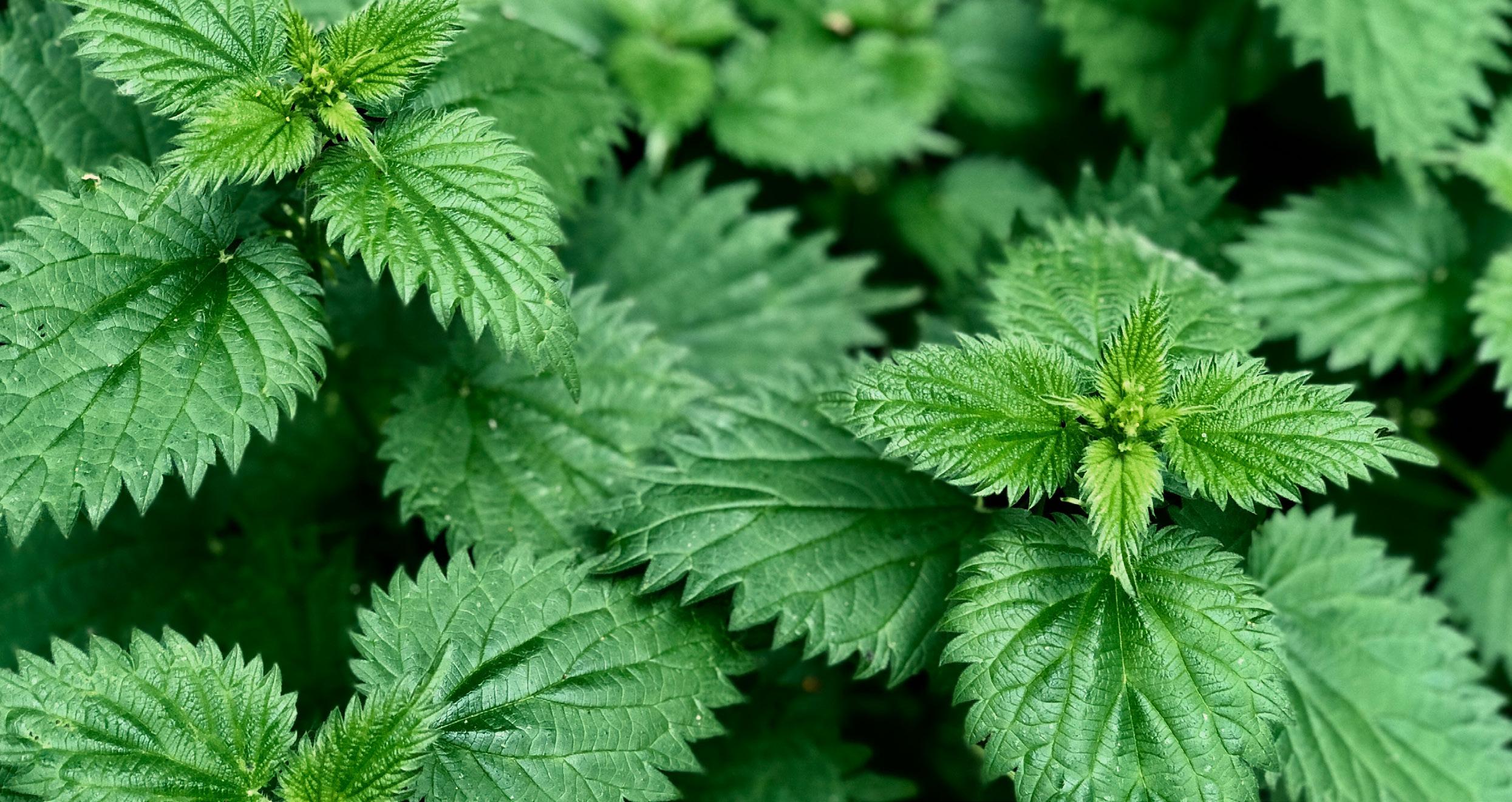
Established Grassland
Making grassland management decisions easier this season with Clayton Grazer, a robust, dual formulation herbicide designed to add cost-effective, weed control into your grassland programme.
Offering a valuable way of treating patches or small areas of weeds via spot treatment with hand-held sprayers to protect pastures in spring.
Delivering a co-formulation of powerful actives with clopyralid and triclopyr, Clayton Grazer is a reliable onecan option for controlling a number of problem weeds this spring.
WEED CONTROL
The following weeds will be controlled by an application of Clayton Grazer at a rate of 60 ml of product in 10 litres of water (6 ml product in 1 litre of water). ONLY apply Clayton Grazer using a hand held sprayer.
TARGET WEEDS
Weeds Time of application to crop
Common Nettle Spray when actively growing but preferably before flowering (normally up to mid-June).
Broad-leaved Dock, Curled Dock
Creeping Thistle
Bramble, Broom and Gorse
Treat in the spring when the docks are in the rosette stage up to 25 cm high. On large well established docks, or where there is a high reservoir of seed in the soil, a second application the following year maybe required.
Spray when actively growing but before flowering spikes are 15 cm high. Application of Clayton Grazer at flowering or during seeding is likely to produce reduced levels of control.
Spray in June-August when actively growing but before plants begin to senesce in the autumn. It is essential that, particularly with large bushes, all the foliage is thoroughly wetted or incomplete kill may result.
The weeds should be thoroughly wetted with the spray solution but spraying until “run-off” will decrease activity. The use of flood jets is recommended to prevent drift. Care should be taken to avoid local overdosing.
If the grass has been cut for hay or silage or grazed leave for 2-3 weeks to allow sufficient regrowth to occur before spraying. Grass and weeds must be actively growing to ensure good weed control and minimal check to the grass.
To allow maximum translocation of Clayton Grazer to the roots do not cut grass for 28 days after application.
USE RATE & TIMINGS
ESTABLISHED GRASSLAND
Maximum Individual Dose: 60 ml of product in 10 litres of water (6 ml product in 1 litre of water).
ONLY apply Clayton Grazer using a hand held sprayer.
Maximum Number of Treatments: One per year
Latest Time of Application: 7 days before grazing or harvest. Can be applied from 1st March to 31st October.
GRAZING INTERVAL
Exclude livestock during treatment and do not allow livestock to graze treated grassland for at least 7 days following treatment. Where ragwort is present, users should consult the Code of Practice on How To Prevent The Spread Of Ragwort.
Ragwort plants sprayed with this herbicide are more palatable with higher levels of toxins. Animals should be excluded from treated areas until any ragwort has completely recovered or died and there is no visual sign of the dead weed. Do not include any treated ragwort in hay or silage crops.
MORE INFORMATION
For further information on Clayton Grazer, please refer to the product label and for information on compatibility tank mixes, please contact us at info@claytonpp.com
More Information
GRASSLAND WEED CONTROL
Flurry ™
Translocated herbicide for the control of chickweed, dock, nettles and brambles in newly sown and established grassland.
Active Ingredients: 200g fluroxypyr
• Powerful, single active herbicide for controlling a range of problem weeds.
• Reduces weed competition to improve your grass yields and silage quality.
• Great choice for overall sprays in both newly sown leys or established grassland.
EC Formulation Emulsifiable concentrate
• A good option for chickweed control, to ensure quick establishment of new swards.
• Compliments our range of other grassland herbicides.
• Added assurance of Clayton’s trusted products and premium service.
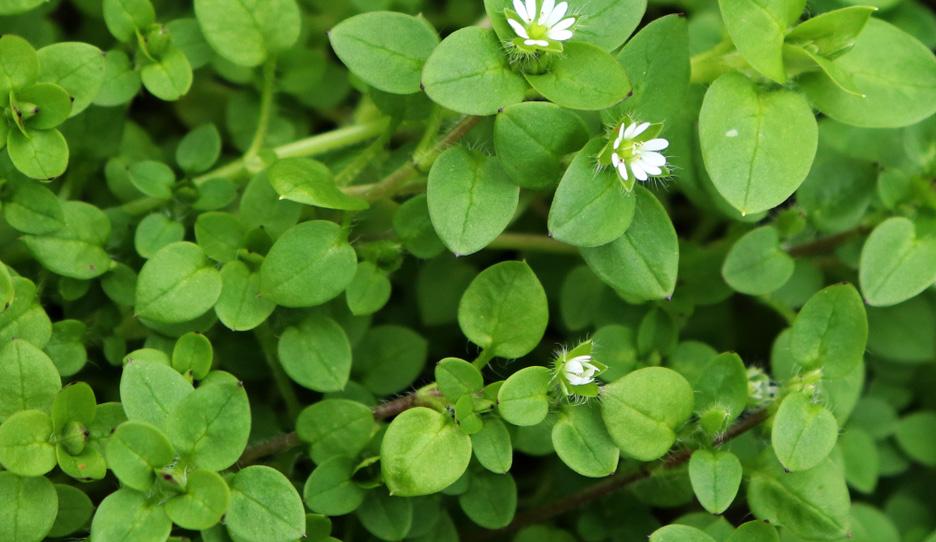
Established Grassland
Newly Sown Leys
Clayton Flurry contains fluroxypyr, a translocated herbicide taken up by the leaves. It is essential that the target weeds have fully emerged before application and that good spray cover of the weed foliage is achieved when weeds are small and actively growing under warm moist conditions.
Ensure grass is vigorous with growth unaffected by frost, pests, disease, nutrient deficiency or moisture stress before treatment. Do not treat waterlogged grassland or grassland under drought stress. USE RATE & TIMINGS
Crop Weeds controlled (up to size)
Newly sown Grass leys
Established Grassland
Common chickweed (5cm)
Apply in early autumn when grasses are well established and tillered and weeds are actively growing.
Use Rate: 0.75L/ha in 150 - 400L/water/ ha
Pre-flowering Broad-leaved Dock:
In spring at rosette stage but may be applied 14-21 days after cutting when weed foliage has regrown. Repeat if necessary the following year.
Common nettle: up to mid-June when actively growing.
Use Rate: 2.0 L/ha in 300 – 400L/ha water. For spot treatment use 30 ml/10 L water
Bramble, Broom
Spray in June – August when actively growing but before plant begins to senesce in the autumn. It is essential that particularly with large bushes all the foliage is thoroughly wetted or incomplete kill may result.
Use rate: 2.0L/ha in 300 – 400L/ha water.
Other Annual Weeds
Black bindweed (6TL), Cleavers (Flowering), Dead-nettle (4TL), Forget-me-not (Flowering), Fumitory (2TL), Groundsel (2TL), Hemp-nettle (Flowering), Knotgrass (2TL), Mayweeds (2TL), Pale persicaria (2TL), Redshank (2TL), Speedwells (2TL) (Good control).
Apply with tractor mounted/trailed sprayer in 150-400 litres of water per hectare using a minimum 300 l/ha on established grassland, to give good coverage of the target weeds. The higher volume is recommended on dense crops to ensure good coverage and penetration. Apply as a medium quality spray.
Where overall spraying is not justified, small weed infested areas or individual weeds may be spot treated by knapsack sprayer or hand-lance connected to a powered conventional hydraulic sprayer. Preferably use a flood jet to avoid spray drift.
ESTABLISHED GRASSLAND
Maximum Individual Dose: 2.0 litres product per hectare
Maximum Total Dose: 2.0 litres product/hectare/ annum
NEWLY SOWN GRASS LEYS
Maximum Individual Dose: 0.75 litres product per hectare
Maximum Total Dose: 0.75 litres product/ hectare/annum
GRAZING INTERVAL
Exclude livestock during treatment and do not allow livestock to graze treated grassland for at least 7 days following treatment.
Where ragwort is present, users should consult the Code of Practice on How To Prevent The Spread Of Ragwort. Ragwort plants sprayed with this herbicide are more palatable with higher levels of toxins.
Animals should be excluded from treated areas until any ragwort has completely recovered or died and there is no visual sign of the dead weed.
Do not include any treated ragwort in hay or silage crops.
MORE INFORMATION
For further information on Clayton Flurry, please refer to the product label and for information on compatibility tank mixes, please contact us at info@claytonpp.com
More Information
GRASSLAND
WEED CONTROL
Galley ™
Effective, triple-active, selective herbicide for control of a wide range of weeds in newly sown and established grassland.
Established Grassland Newly Sown Leys
Active Ingredients:
100g fluroxypyr, 80g clopyralid and 2.5g florasulam
• Powerful, triple active herbicide for controlling a range of problem weeds.
• Reduces weed competition to improve your grass yields and silage quality.
• Great choice for versatile weed control in newly sown leys and established grassland.
EC Formulation
Emulsifiable concentrate
• Good option for control of buttercup, dandelion, plantains, cleavers, thistles, mayweeds, charlock and seedling docks to ensure weed control in grass swards, new and old.
• Compliments our range of other grassland herbicides. Added assurance of Clayton’s trusted products and premium service.
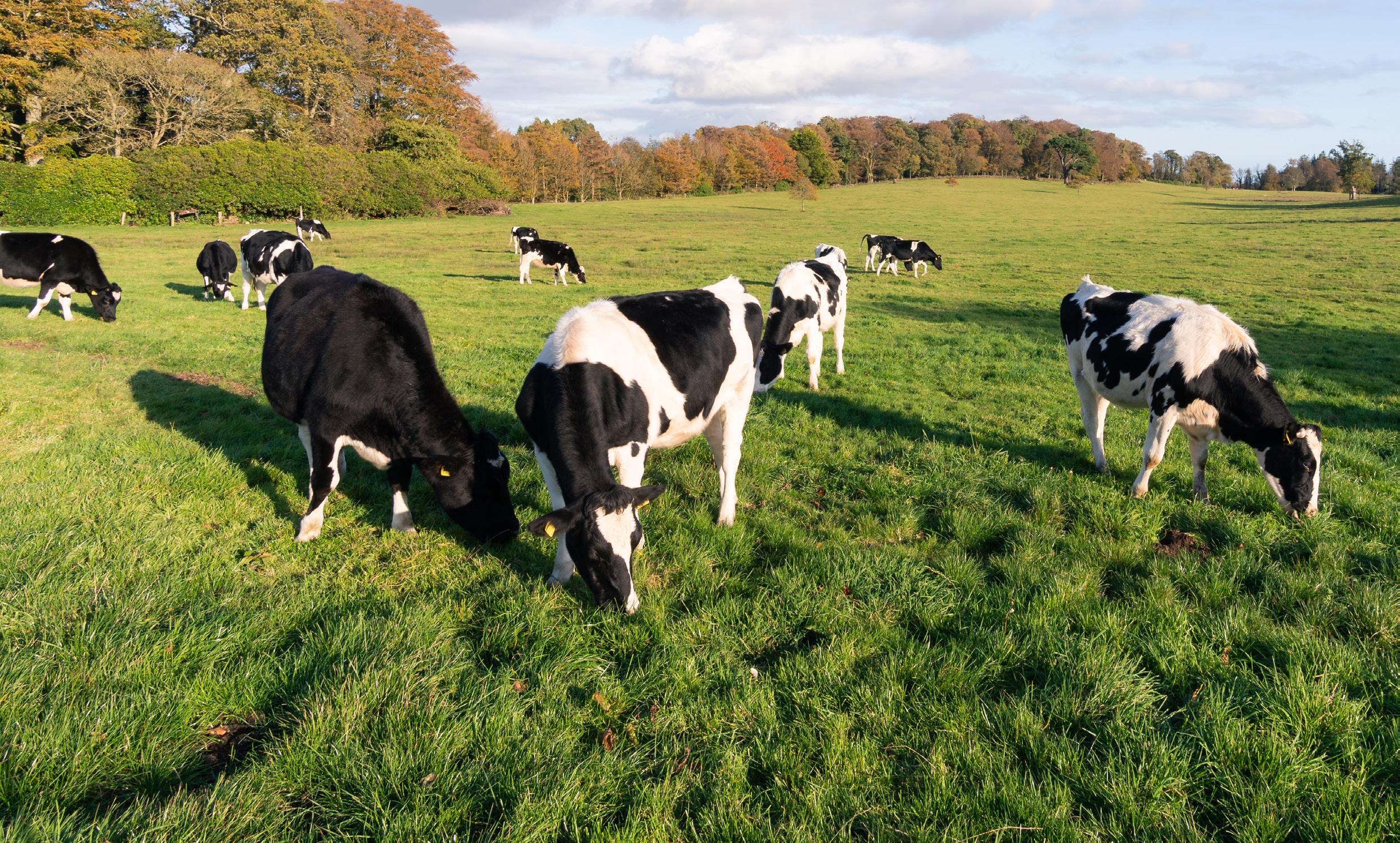
Making grassland management decisions easier this season with Clayton Galley, adding another reliable herbicide formulation to our grassland range, to provide cost-effective weed control in your grassland programme.
Delivering an extremely powerful combination of three actives with fluroxypyr, clopyralid and florasulam, Clayton Galley is a great choice for controlling a range of problem weeds this spring in both new or old pastures and grass seed crops.
See product labels for full details and for information on compatibility tank mixes, please contact us.
TARGET WEEDS (ON-LABEL)
Crop Weeds controlled
Established Grassland (Grazing Only)
Curled Dock, Common Daisy, Dandelion, Creeping Buttercup, Great Plantain, Ribwort Plantain (all at Rosette stage).
Newly Sown Leys, Grass for Seed and Forage Maize Cleavers* (1TL), Creeping thistle – Moderately susceptible (1TL), Mayweeds (1TL), Charlock (1TL), Volunteer oilseed rape (1TL).
*Cleavers which germinate after application will not be controlled.
USE RATE & TIMINGS
ESTABLISHED GRASSLAND
Maximum Individual Dose: 2.0 litres product per hectare
Maximum Total Dose: 2.0 L/ha per annum
Latest Time of Application: -
Other Specific Restrictions: Livestock must be kept out of treated areas for at least 7 days after treatment.
NEWLY SOWN GRASS LEYS, GRASS FOR SEED
Maximum Individual Dose: Apply at 1.0 L/ha
Maximum Total Dose: 1.0 L/ha per annum
Latest Time of Application: -
Other Specific Restrictions: Livestock must be kept out of treated areas for at least 7 days after treatment.
APPLICATION TIMING
01 Feb to 30 Sep for established grassland and grass for seed, 01 Feb to 31 Aug for new sown leys.
GRAZING INTERVAL
MORE INFORMATION
For further information on Clayton Galley, please refer to the product label and for information on compatibility tank mixes, please contact us at info@claytonpp.com
More Information
Exclude livestock during treatment and do not allow livestock to graze treated grassland for at least 7 days following treatment.
Refer to full product label for all other specific use restrictions.
Weed Susceptibility Guide
Black bindweed 6
Bristly ox-tongue
Charlock 2TL
Chickweed Flowering
Cleavers Flowering
Corn chamomile
Corn marigold
Cranesbill
Dead-nettle
Fat-hen
Fool’s parsley
Forget-me-not
Fumitory
Groundsel
Hemp-nettle
Himalayan balsam
Knotgrass
Mayweeds
Nettle (small)
Black nightshade 6TL
Orache
Pale persicaria
Poppy
Redshank
Scarlett pimpernell
Shepherd’s purse
Speedwells
Spurrey
Wild radish 2TL
Yellow rattle
RATES
IMPORTANT: The above weed susceptibility table and weed control ratings are based on various information sources including label reference, farm experience, anecdotal and limited data and trials reference. The weed susceptibility table is for guidance only and is not a recommendation. As such use of the products listed for control of non-label weeds is the sole responsibility of the user.
Bindweed (field)
Bracken
Bramble
Broom
Burdock
Buttercups
Cinquefoil
Clover/Trefoil
Coltsfoot
Daisy (common)
Daisy (ox-eye)
Dandelion
Docks
Gorse
Ground elder
Ground Ivy
Hawthorn
Hemlock
Hogweed
Horsetail
Knapweed
Lesser celendine
Mallow
Medick (black)
Mugwort
Nettle (common)
Old man’s beard
Plantain (greater)
Plantain (ribwort)
Ragwort
Rosebay willowherb
Rushes
Self-heal
Silverweed
Sorrel
Thistles
Verch, tare
Yarrow
Rosette
GRAS S LAND WEED CONTROL
Grassland weed control solutions: Protecting grassland across the UK
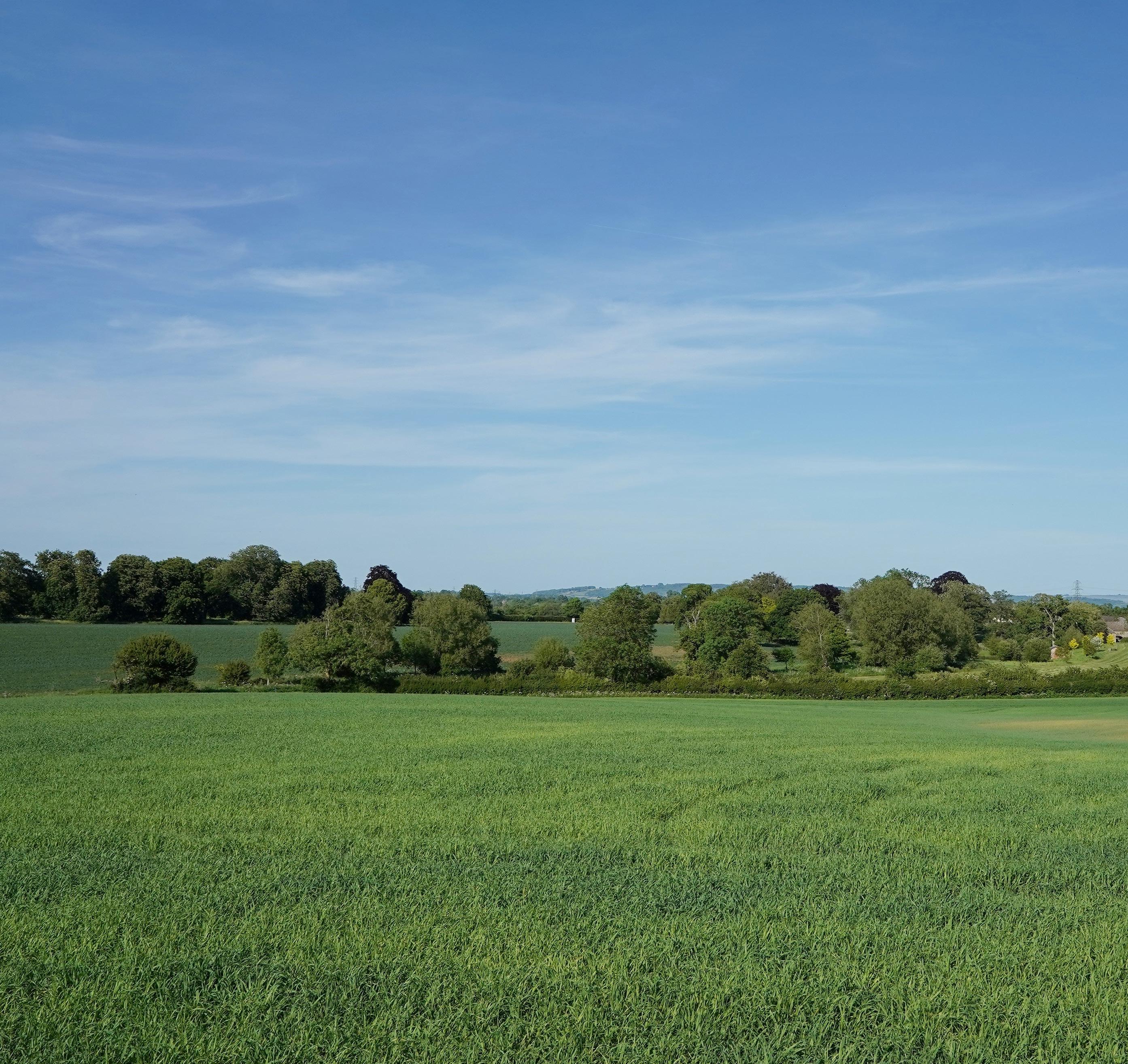
Choosing high-performance, cost-effective herbicides for the specific weed situation and applying at the optimal timing is essential to provide the best control to help protect and enhance grass growth and quality.
CLAYTON DOCKER ™
EC formulation 150g fluroxypyr and 150g triclopyr. View
CLAYTON GRAZER ™
EC formulation, 60g clopyralid and 240g triclopyr View Product
GRASSLAND HERBICIDES ESTABLISHED GRASSLAND & NEWLY SOWN LEYS
CLAYTON FLURRY ™
EC formulation, 200g fluroxypyr
CLAYTON GALLEY ™
EC formulation, 100g fluroxypyr, 80g clopyralid and 2.5g florasulam
View Product
View Product

